.jpg)
The Port of Mombasa, Kenya's primary seaport and the largest in East Africa, stands as a crucial gateway for regional trade and economic growth. Handling over 1.4 million twenty-foot equivalent units (TEUs) annually, it serves not only Kenya but also neighbouring landlocked countries such as Uganda, Rwanda, and South Sudan (Kenya Ports Authority, 2023). However, despite its strategic importance, the port faces significant challenges that threaten its efficiency and competitiveness. This article examines the current issues plaguing the port and explores how technology can play a pivotal role in shaping its future.
The Strategic Importance of Mombasa Port
Before delving into the challenges, it is essential to understand the port's significance. As the principal seaport for the Northern Corridor, it is a lifeline for East African trade. A study by the World Bank (2022) estimated that the port contributes to approximately 10% of Kenya's GDP and facilitates over 95% of the country's international trade. Moreover, its strategic location makes it a vital link in global shipping routes, connecting East Africa to markets in Asia, Europe, and the Americas.
The port's importance extends beyond mere statistics. It serves as a catalyst for regional integration, fostering economic ties between East African nations and promoting cross-border trade. Furthermore, the port plays a crucial role in Kenya's Vision 2030 development plan, which aims to transform the country into a newly industrializing, middle-income nation. The success of this ambitious plan hinges significantly on the port's ability to handle increased trade volumes efficiently and cost-effectively.
However, there are daunting challenges ahead for Mombasa Port, some of which have already begun affecting it:
- Congestion and Capacity Constraints: One of the most pressing issues facing the port is congestion. A report by the East African Community (2023) highlighted that the average dwell time for containers at the port is 5.6 days, significantly higher than the global best practice of 3-4 days. This congestion leads to increased costs for shippers and delays in cargo delivery, ultimately affecting the entire supply chain.
- Inefficient Processes and Documentation: Traditional paper-based systems and manual processes continue to hamper operations at the port. A study by the African Development Bank (2022) found that documentation and customs clearance procedures at East African ports, including Mombasa, take an average of 12 days, compared to 5-6 days in more efficient ports globally.
- Infrastructure Limitations: Despite recent investments in infrastructure, including the construction of a new container terminal, the port still faces limitations in handling larger vessels and increasing cargo volumes. The International Association of Ports and Harbors (2023) notes that many East African ports, including Mombasa, struggle to accommodate the latest generation of mega-ships, potentially leading to a loss of competitive edge.
- Environmental Concerns: The port's operations have significant environmental impacts, including air and water pollution. A study published in the Journal of Cleaner Production (Smith et al., 2022) found that ports in developing countries often lag behind in implementing sustainable practices, with Mombasa Port facing challenges in managing emissions and waste.
To address these challenges and secure its position as a competitive and efficient port, Mombasa must embrace technological solutions. Here are key areas where technology can make a significant impact:
- Port Community Systems (PCS): Implementing a comprehensive Port Community System can streamline communication and data exchange between various stakeholders, including shipping lines, customs, freight forwarders, and terminal operators. A study by the United Nations Conference on Trade and Development (UNCTAD, 2023) found that ports implementing PCS experienced a 30-35% reduction in cargo dwell times and a 20-25% increase in overall efficiency.
- Automation and Robotics: Introducing automated guided vehicles (AGVs) and robotic container handling systems can significantly enhance operational efficiency. The Port of Rotterdam, which has implemented such technologies, reported a 30% increase in container handling speeds and a 20% reduction in operating costs (Port of Rotterdam Authority, 2022).
- Artificial Intelligence (AI) and Machine Learning (ML): AI and ML can optimize port operations by predicting vessel arrivals, managing yard operations, and forecasting cargo volumes. A McKinsey study (2023) estimated that AI-powered optimization could reduce vessel turnaround times by up to 20% and increase overall port productivity by 10-15%.
- Blockchain Technology: Implementing blockchain can enhance transparency, reduce fraud, and streamline documentation processes. A pilot project at the Port of Antwerp using blockchain for container release showed a reduction in administrative costs by up to 50% (Port of Antwerp, 2022).
- Internet of Things (IoT) and Big Data Analytics: IoT sensors and big data analytics can provide real-time monitoring of port operations, equipment status, and environmental conditions. A report by Deloitte (2023) found that ports leveraging IoT and big data analytics improved asset utilization by 10-15% and reduced maintenance costs by 20-25%.
- Green Technologies: Investing in sustainable technologies, such as shore-to-ship power systems and electric cargo handling equipment, can significantly reduce the port's environmental footprint. The Port of Los Angeles, which has implemented such technologies, reported a 95% reduction in ship emissions at berth (Port of Los Angeles, 2023).
Implementation Challenges and Recommendations
.jpg)
While the benefits of technological adoption are clear, implementation faces several challenges.
High initial investment costs pose a significant barrier, particularly for developing ports like Mombasa. Resistance to change from stakeholders, including labor unions and traditional operators, can slow down modernization efforts.
There's also a notable lack of skilled personnel to operate new technologies, which requires comprehensive training programs. Additionally, as ports become more digitalized, cybersecurity concerns become increasingly pressing, necessitating robust protection measures.
The first step to mitigate it is to develop a comprehensive digital transformation roadmap with clear milestones and ROI projections. This roadmap should align with the port's long-term strategic goals and consider the unique challenges and opportunities present in the East African context. More of our recommendations include:
- Fostering public-private partnerships can also help share investment costs and risks, making technological adoption more feasible.
- It's crucial to invest in training and capacity building programs for port personnel, ensuring a smooth transition to new systems and technologies.
- Collaboration with international partners and leading global ports can facilitate the adoption of best practices and lessons learned. This knowledge transfer can help Mombasa Port avoid common pitfalls and accelerate its modernization efforts.
- Implementing robust cybersecurity measures and protocols is non-negotiable in the digital age. This includes regular security audits, employee training on cyber threats, and the implementation of advanced threat detection systems.
.jpg)
The journey towards a fully modernized and efficient port will undoubtedly be challenging, requiring significant investment, strategic planning, and a shift in operational culture. However, the potential rewards – increased trade volumes, improved regional competitiveness, and sustainable growth – far outweigh the initial hurdles. As Mombasa Port embarks on this technological transformation, it has the opportunity to set a new standard for port operations in East Africa and beyond, potentially becoming a model for other developing ports around the world.
At CSM Tech, we work with partners on their issues involving in-mine and port logistics, supply chain, operations and process engineering. Discover more about it at: www.csm.tech/africa/

































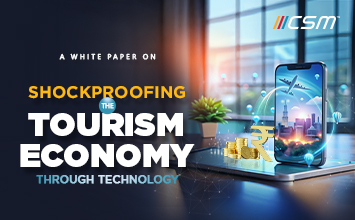

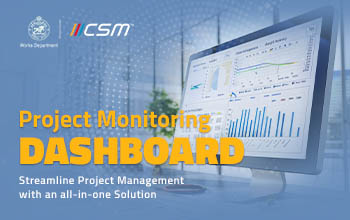





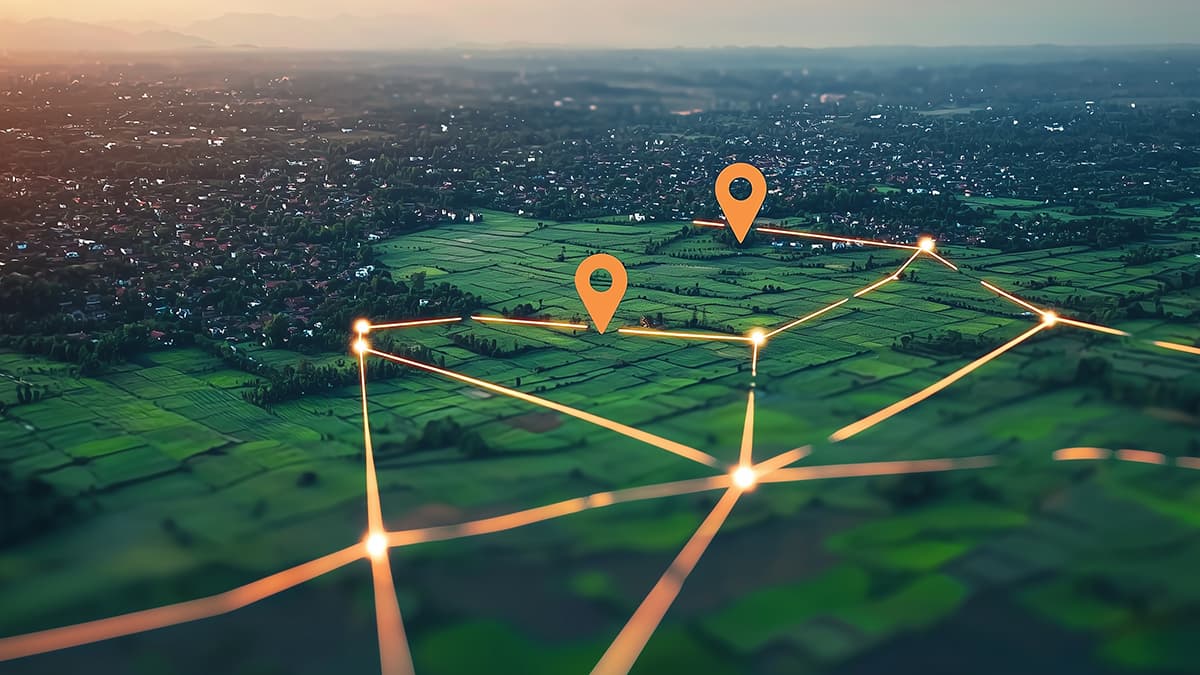
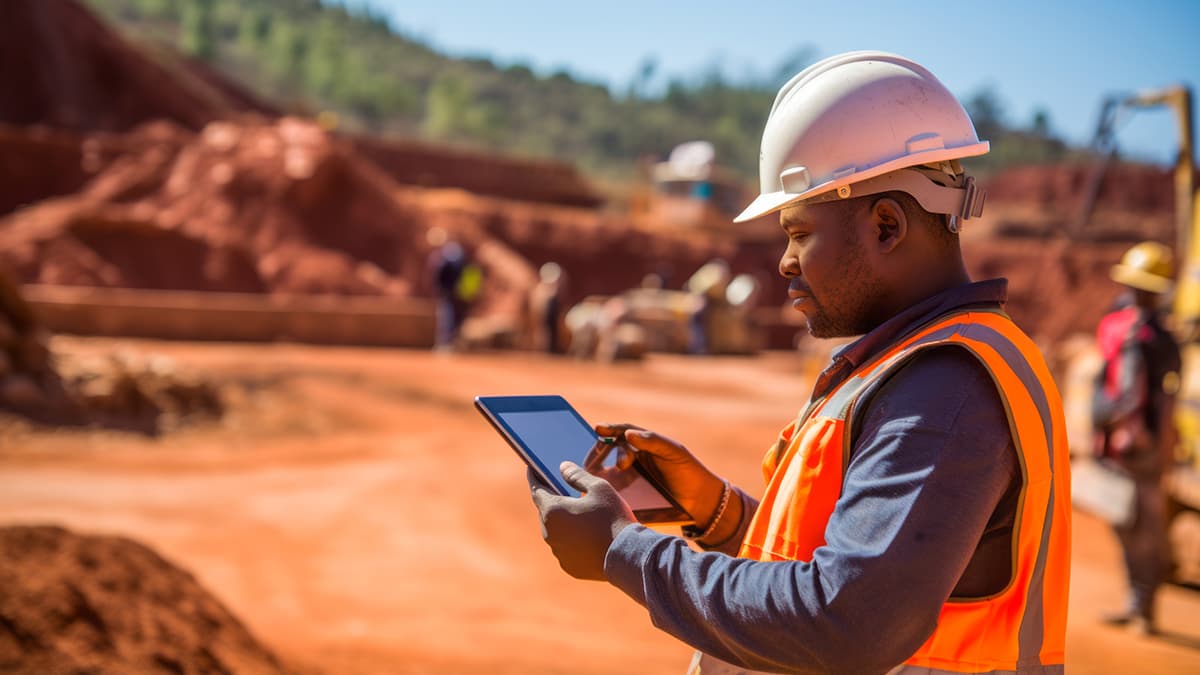


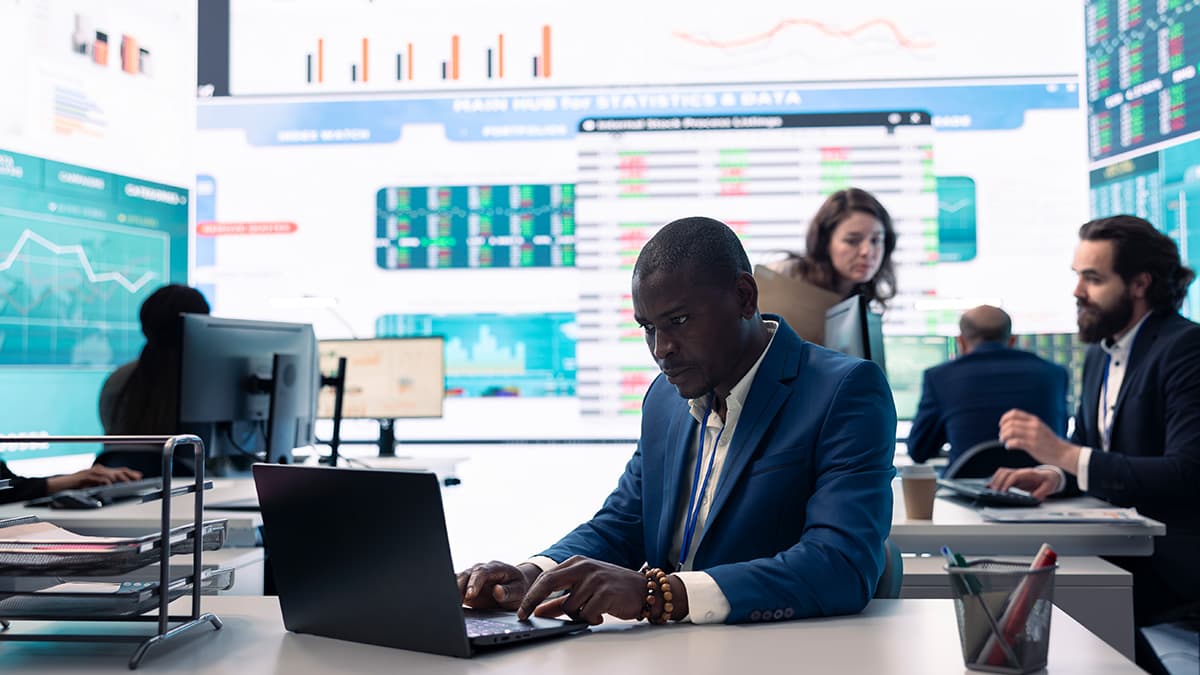



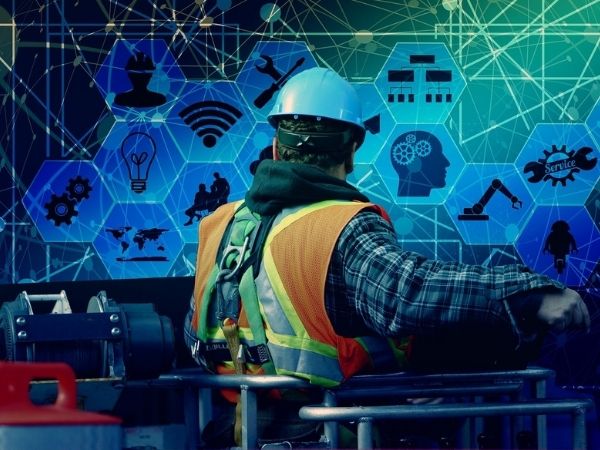

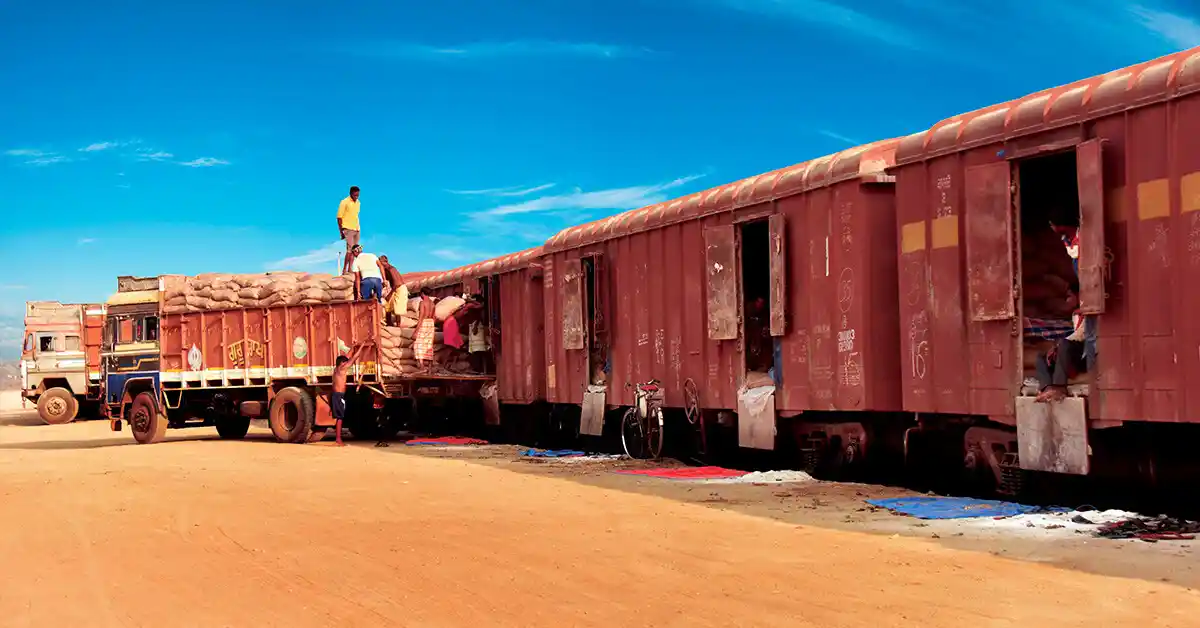



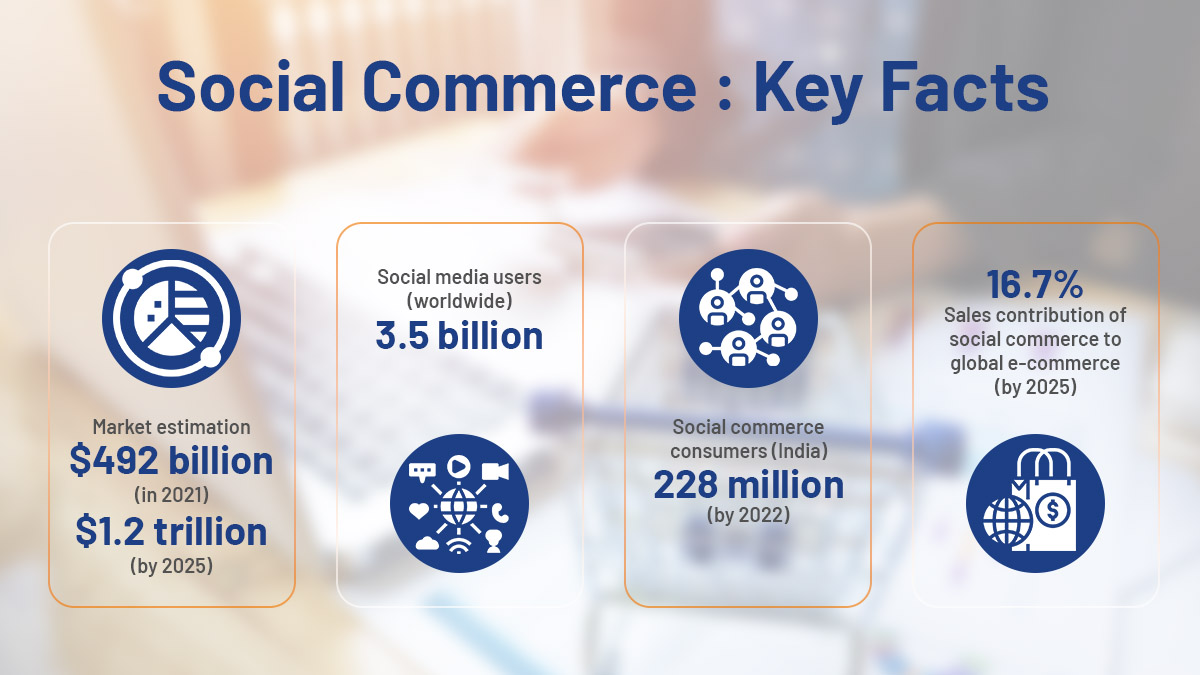


We will verify and publish your comment soon.